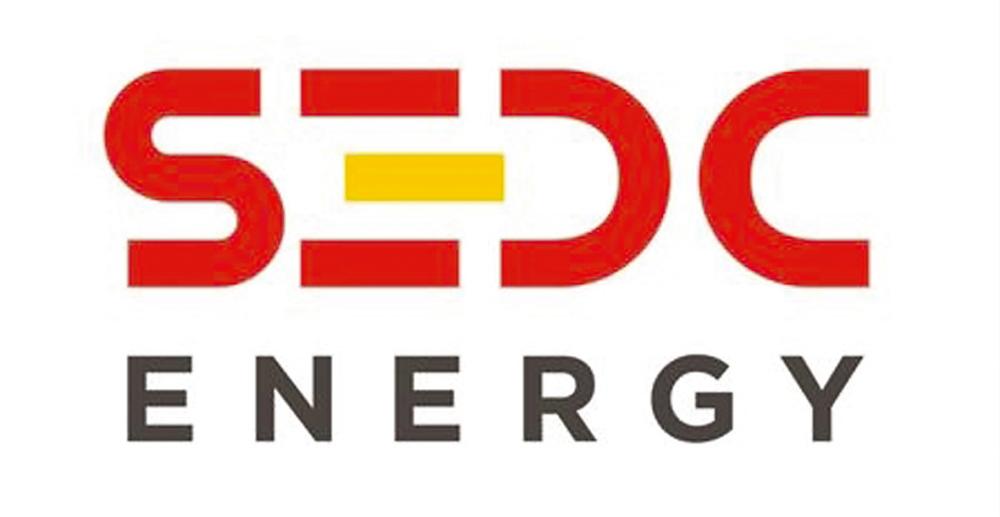KUALA LUMPUR: The development of Sarawak’s Rembus green hydrogen plant (Rembus H2 Plant) in Samarahan is on track to meet the 2025 completion target, following a tripartite agreement signed in February with Sarawak Metro Sdn Bhd and ICE Petroleum Group.
Once it becomes operational next year, the plant will supply green hydrogen (H2) for the autonomous rapid transit (ART) and hydrogen-powered feeder buses, the integral components of the Kuching Urban Transport System (KUTS).
This will mark Kuching’s first public ART line powered by hydrogen, supporting Sarawak’s initiative to decarbonise urban areas.
An official spokesperson from SEDC Energy Sdn Bhd (SEDCE), a subsidiary of Sarawak Economic Development Corporation, said Rembus H2 Plant is purpose-built for the Rembus KUTS Depot and it is designed to produce five tonnes of H2 daily.
“The MFS is also capable of dispensing conventional fuels such as RON95, RON97 and diesel, and provides other modern facilities such as fast electric-vehicle charging and H2 dispensing.
“The MFS is also one of the flagship stations that will support government fleets such as the Toyota Mirai, a mid-size hydrogen fuel cell vehicle.
“SEDCE plans to build six other MFS along the Pan Borneo Highway to support these fleets. These stations will be placed about 200km apart,” the spokesperson said.
In reply to a question, the spokesperson said SEDCE’s vision is for Sarawak to become a leading hydrogen player and a hub, leveraging the state’s rich natural resources and strategic location to supply hydrogen to the region and beyond.
“Hydrogen technology is still new for Malaysia. We should take solar technology as a benchmark. It used to be expensive then, but now it is much more attainable when technology has matured.
Hydrogen technology will reach that level, but like any other country, the government must take the lead and meet the main goal, which is decarbonisation. Hydrogen must not be seen as a competitor to other renewable energy (RE). It must be accepted as a complement to the other RE because, ultimately, all these are done towards decarbonisation,“ the spokesperson added.
The SEDCE spokesperson said the agency’s primary challenges are technology adaptation, infrastructure development, regulatory hurdles, and ensuring a stable supply chain for hydrogen production.
“Hydrogen is generally new in Malaysia and most parts of the world. In modernised countries, hydrogen development is highly subsidised by the respective governments.
“With the current electricity tariff from renewable energy and additional costs for electrolysers and infrastructure for hydrogen production, support at both federal and state levels is crucial in various tax regimes, especially when the hydrogen sector is still immature,” the spokesperson said.
Sarawak began its hydrogen journey in 2018, when SEDCE was given the responsibility of driving the hydrogen value chain in Sarawak.
To note, SEDCE is part of the agency’s Sarawak Post Covid Development Strategy 2030, the National Energy Transition Roadmap and the Hydrogen Economy and Technology Roadmap.
“We work closely with federal government agencies to find the best way to move forward in energy transition. In Sarawak, SEDCE works closely with the Ministry of Energy and Environmental Sustainability Sarawak on related policies.”
The spokesperson said that besides Rembus H2 Plant, SEDCE is also working closely with strategic partners such as Gentari Sdn Bhd on Sarawak H2 Hub.
This hub is the first plug-and-play hub where investors can come to Sarawak to set up their hydrogen production without the fuss about common facilities such as power and water supply. SEDCE and Gentari will establish a joint venture company to focus on the hub development, which is currently in progress.
“In conclusion, Rembus H2 Plant is just part of the whole hydrogen economy that Sarawak is championing with SEDCE, given the mandate to drive the development of the H2 value chain,” the spokesperson said.






